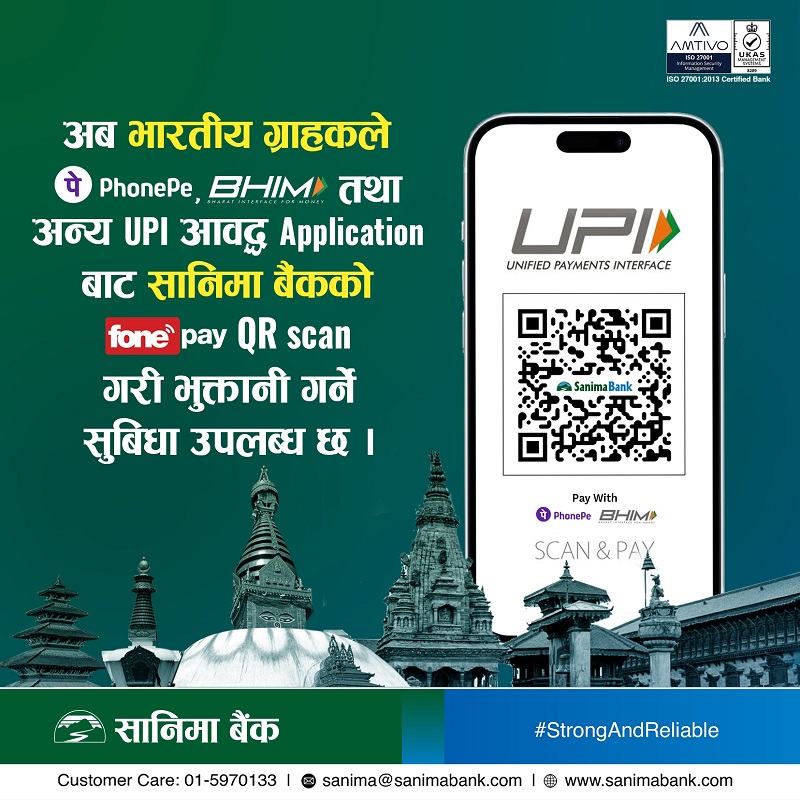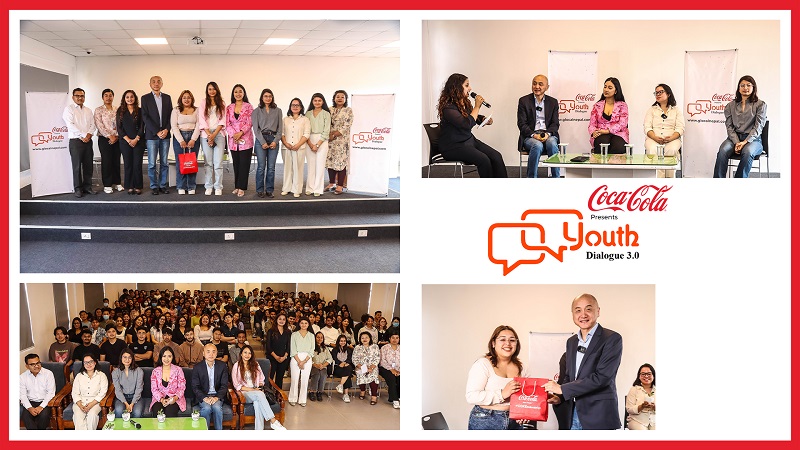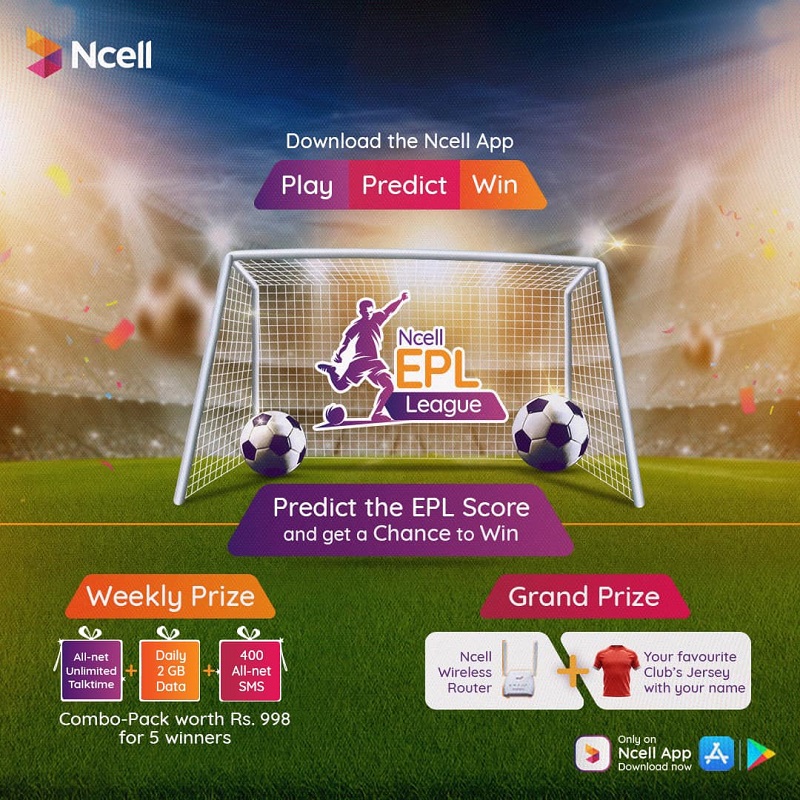8th July 2023, Kathmandu
We are living in an era of conversational commerce. As the digital landscape continues to evolve, marketers should make the shift and leverage messaging apps as their #1 choice for engaging with consumers. Let’s explore why such apps are the key to effective marketing, stronger connections with audiences, and higher brand revenue.
The Untapped Potential of Messaging Apps for Marketers
Today’s consumers expect tailored experiences based on their preferences, interests, and behavior. Personalized marketing not only helps to build trust and loyalty but also increases the likelihood of conversion. It’s simple: people are more likely to engage with content that is relevant and customized for them. In order to create personalized experiences, businesses must invest in tools and platforms that enable them to gain and analyze customer data in real-time.
A recent study from Hootsuite shows where people spend the most time. Chat and messaging apps win users’ attention: they are used more than social networks, search engines, or web portals.
Since people spend a lot of time on messaging apps, brands have a great chance to connect with their target audience more directly and personally. Chat apps have many features that marketers can use in multiple ways. For example:
- Increase awareness among the audience. For example, brands on Viber use targeted advertising campaigns, reaching users based on their interests and demographics.
- Create viral marketing campaigns using creative, interactive rich-media content. Famous organizations and brands are creating branded AR lenses on Viber to increase the visibility of their brand. They also turn users into brand fans by creating customized stickers that can be shared with friends and family in day-to-day communications and engage wider audiences.
- Offer exclusive promotions, deals, and discounts through messaging apps and incentivize users to engage with the brand.
- Update customers on important information: from delivery statuses to transaction notifications, appointment reminders, account balances, and more.
- Provide real-time customer support by connecting with users directly, ensuring a personalized and efficient experience.
- Utilize integrated chatbots to automate customer service. Bots can be programmed to answer frequently asked questions, provide product recommendations, and even assist in completing transactions. This saves time for the team and provides a seamless experience for the customers.
- Leverage multiple solutions or channels to create complex 360 campaigns. Examples of brands that powered their marketing with this approach include Raiffeisen Bank, Coca-Cola, and more.
This can ultimately lead to greater brand awareness, increased interest, higher conversion rates, brand loyalty, and significant business growth.
The Case for Messaging Apps as the #1 Choice for Marketers
One of the main reasons messaging apps should be the top choice for marketers is their reach. With hundreds of millions of users, they offer an enormous potential audience for local and global marketers. Messaging apps’ user demographics are usually balanced, encompassing individuals of varying ages, professions, and interests. For example, Viber’s user base is almost equally divided between women and men with 47% and 53% respectively. 57% of Viber users are below 35, indicating the app’s popularity among younger generations. Meanwhile, over half of the users fall within the 25-50 age bracket, showcasing an opportunity for brands to reach an economically active audience. By granting access to a vast user base, chat apps can ensure that your marketing efforts are more likely to be seen and interacted with.
Direct and personal communication is another benefit of messaging apps. Unlike traditional marketing methods that often rely on broadcasting a message to a wide audience, messaging apps enable one-on-one conversations between brands and consumers. This approach, known as conversational marketing, allows for more personalized and targeted interactions. Internal Viber data shows the growing popularity of conversational business messages: last year their number increased by 17%.
Additionally, chat apps facilitate instant feedback and real-time interaction, helping marketers tailor their strategies based on customer responses and preferences. This level of personalization and engagement is difficult to achieve through other marketing channels.
Messaging apps offer great flexibility, making them an ideal choice for marketers. They support various communication formats, allowing businesses to create engaging and dynamic content. Brands can adapt their marketing strategies to suit different audience preferences and stay ahead of the competition.
Finally, brands can easily integrate messaging apps with other solutions, services, and customer database software, including CRM systems and CDPs. These integrations enable seamless customer service, sales, and marketing efforts, driving greater efficiency and results. It’s especially important as 53% of business leaders believe they lack the tools they need to achieve the level of personalization their customers expect, at scale. In reality, their dream solution is right on their phone screen.
Conclusion
Once a well-kept secret known only to a few brands, the potential of messaging apps has transitioned to a piece of common knowledge. Today, these apps transform the way businesses engage with their audience in the ever-changing digital landscape.
To stay ahead of the curve and maximize growth, marketers need to recognize and utilize the power of messaging. After all, its vast opportunities are only one tap away.











